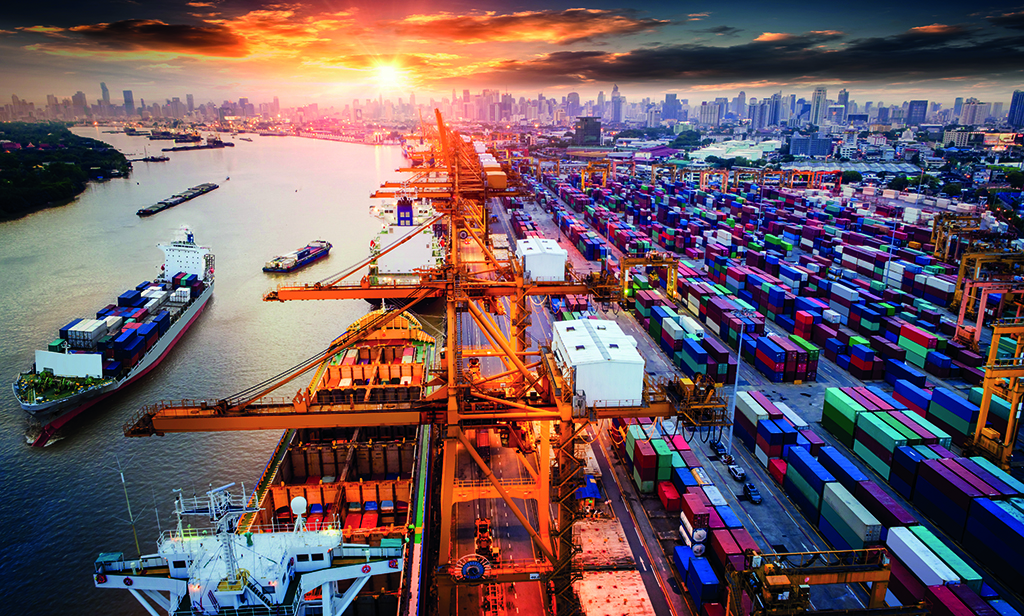Russia’s pork dispute with the EU is second only to the Olympic athlete doping scandal on the international agenda in Moscow these days.
The EU intends imposing annual trade sanctions worth €1.39 billion on Russia in response to its government having failed to lift sanctions on EU pigs and pork by December 6 – as required by a World Trade Organisation (WTO) arbitrary court order.
Technically, Russia did lift it, by issuing a regulation saying that ‘the veterinary ban is no longer in place’, yet supply was still banned under ‘political restrictions’, essentially the trade embargo imposed in August 2014.
So, now the penalties could strike at the heart of Russian wealth – gas and oil, of which some US$101.5bn was exported to the EU in the first 10 months of 2017, and the state oil energy giants would not look too kindly on additional import duties due to a row over pork.
This has led to calls for Russia to withdraw from the WTO, although there are also voices in favour of reconsidering the sanctions policy.
If the EU gets its way, we could see Russian politicians lobbying for sanctions relief on EU pork in a bid to reduce losses in other industries. In reality, though, they are unlikely to change Russia’s political direction, as the Government aims to keep the domestic pork market firmly behind closed doors.
As Julia Melano, of the Russian veterinary body Rosselhoznadzor, recently said, the cancellation of the political ban on European pork would jeopardise the domestic pig industry.
As it is, no pork will be imported in 2018, since product from the last major importer, Brazil, was banned in November. This was blamed on the ‘bad quality’ of the meat, although it seems the move was designed to support prices in the domestic market.
With Russia reaching near self-sufficiency, prices have plunged since 2016, down by 15% last year alone, while profitability sits at 8%. It was 22% in February 2014.
It’s thought up to half of pig farms in Russia will make a loss this year if prices fall to RUB92/kg (£1.14/kg).
High production costs – feed costs of up to 80% of production makes 1kg of pork 20-30% more expensive to produce than in Europe – and a low feed conversion ratio (3:5 in 2017) is continuing to hit producers.
Despite these huge costs, the Agricultural Ministry of Russia has tasked farmers with turning the country into a net exporter of pork into the global market.
Indeed, exports increased by 34% last year, to 71,000 tonnes, made up of 21,000t of pork and 50,000t of offal and by-products.
Small shipments were directed to Vietnam and Thailand, but the main quantities were sent to Ukraine, namely its blockaded rebel regions – particularly Donbass, which has a population of six million and relies on Russian supplies.
At the same time, export supplies to what used to be known as ‘far-abroad’ – outside the CIS region of former Soviet republics – have not grown noticeably.
The Agricultural Ministry points out that major importers are rejecting Russian pork. Up to 500,000t can be exported to China, but the spread of African swine fever (ASF) has put paid to that.
It seems ridiculous that when ASF outbreaks were first reported in Poland and Lithuania, Russia immediately banned pork imports from the EU, despite up to 1 million ASF pig deaths by that time in Russia itself. And now they want to export to ASF-free China, mainly from the Belgorod Oblast region, which reported two large outbreaks in 2017.
Somehow the Russian Government doesn’t see any inconsistency between its export and import policy and expresses bewilderment that its pork is not allowed into China yet. As such, nobody knows what Russia will do with the additional 500,000t of pork from the new complexes that are due to come online by 2020.
To achieve some progress on exports, Russia must first learn to play fair.




